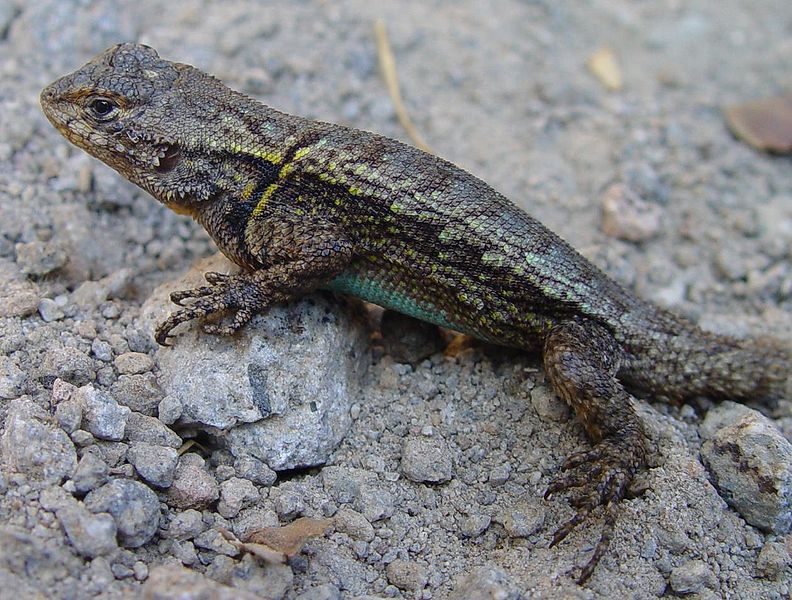
A new study published this week in the journal Science finds that local lizard populations around the world are going extinct, likely due to climate change. According to the research, conducted by a team of scientists including Barry Sinervo, a herpetologist at UC Santa Cruz, four percent of the world’s lizard populations have disappeared in the last 35 years, and another 20% of all lizard species could go extinct by 2080 if global temperatures continue to rise.
Using field observation and experiments, and computer modeling, Sinervo and his team determined that increased daytime temperatures in some areas have shortened the amount of time each day during which lizards can forage for food. The data–and that of collaborating scientists on five continents–indicates that higher temperatures and reduced feeding time correlates with the pattern of local extinctions among lizard species across the globe (the Science website has a slideshow explaining how the research was conducted).
Sinervo described his research today on the NPR program Science Friday as part of a panel discussing modern extinctions. He was joined by UC Berkeley integrative biology professor Tony Barnosky and San Francisco State Biology professor Vance Vredenberg. Christopher Joyce reported on the study’s findings yesterday on NPR’s All Things Considered.
One thought on “Rising Temps Taking a Toll on Lizards”
Comments are closed.

We here in Florida have a different issue – they all froze to death, it has been stated that there are not many around this spring because of that.